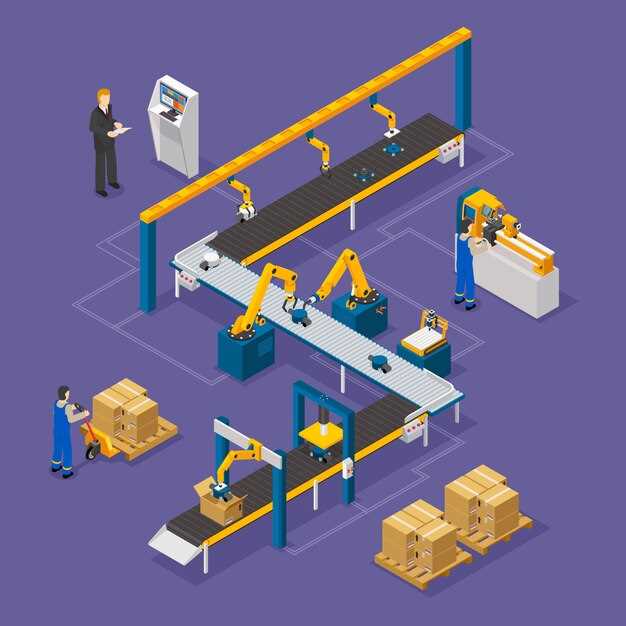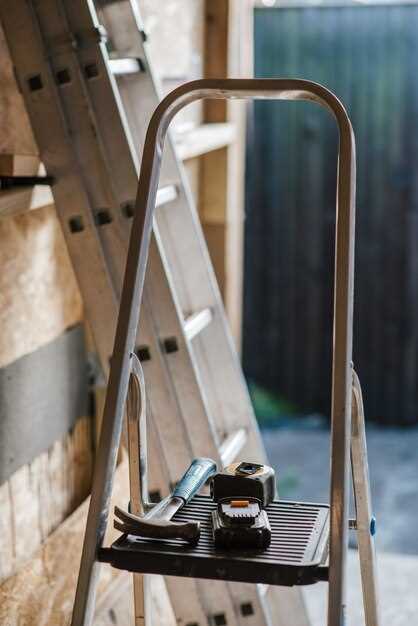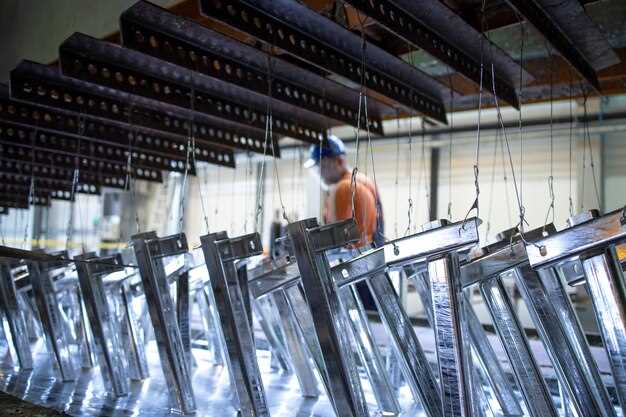
In the realm of automotive repair, ensuring that a vehicle regains its structural integrity after an accident is paramount. This is where frame machines come into play, serving as the backbone of modern collision repair facilities. These specialized tools are engineered to realign and restore the frame of a vehicle, which is crucial for maintaining safety, performance, and aesthetic appeal.
The process begins with assessing the extent of the damage. Frame machines utilize advanced measurement systems to determine how far a vehicle’s frame has been bent or misaligned. Technicians then employ a blend of hydraulic power and precise engineering techniques to manipulate the frame back into its original specifications. This intricate process not only involves pulling and pushing various components but also ensures that any underlying structural issues are addressed.
Moreover, the importance of restoring a vehicle’s structural integrity cannot be overstated. A properly aligned frame enhances safety by ensuring that crumple zones function as intended during a collision, reducing the risk of injury to passengers. Furthermore, a correctly repaired frame improves the vehicle’s handling and overall performance, making frame machines an indispensable asset in collision repair.
Understanding the Types of Frame Damage and Assessment Techniques

Frame damage in vehicles can significantly impact safety, performance, and repair costs. Understanding the various types of damage is crucial for effective assessment and restoration.
Types of Frame Damage can generally be categorized into three main areas:
- Structural Damage: This type involves deformation of the frame, compromising its integrity. Common causes include collisions or severe impacts. Structural damage may manifest as bent or twisted frames, which can lead to alignment issues.
- Cosmetic Damage: Although less severe, cosmetic damage affects the aesthetics and finish of the vehicle. Dents, scratches, and non-structural bends fall into this category. While often easier to repair, neglecting cosmetic issues can lead to rust and further degradation over time.
- Corrosion Damage: Frames exposed to moisture and chemicals may develop rust, weakening the metal over time. This damage can progress silently, requiring regular inspections to identify early signs and prevent extensive deterioration.
Assessment Techniques for frame damage are paramount in ensuring accurate diagnosis and planning repairs. Common techniques include:
- Visual Inspection: A thorough visual examination can reveal obvious deformities, cracks, or rust. Technicians often use mirrors and lighting to inspect hard-to-reach areas.
- Frame Straightening Systems: Advanced technology utilizes hydraulic or electrical systems to measure frame alignment. These systems can accurately determine the extent of structural damage and assist in the restoration process.
- Measuring Tools: Tools like measuring tapes and laser systems are employed to assess dimensions and alignments. They provide precise data to evaluate whether the frame meets factory specifications.
- Ultrasonic Testing: This non-destructive technique uses high-frequency sound waves to detect internal flaws. It is particularly useful for identifying weaknesses that are not visible on the surface.
Recognizing the types of frame damage and applying appropriate assessment techniques ensures vehicles are restored to their original integrity, enhancing safety and reliability on the road.
Step-by-Step Process of Frame Realignment Using Specialized Equipment

The frame realignment process is crucial for restoring the vehicle’s structural integrity after an impact. This process typically involves several key steps utilizing specialized equipment to ensure precision and accuracy.
First, the vehicle is placed on a frame straightening machine, which is designed to securely hold the vehicle during the realignment process. The equipment often features clamps and adjustable points to accommodate diverse vehicle designs.
The next step involves a thorough visual inspection of the frame to identify any visible damage and potential misalignments. Technicians carefully assess the vehicle’s structure, taking note of any bends, twists, or other deformities that may have occurred after the collision.
After the initial inspection, precise measurements are taken using laser measuring systems or computerized alignment tools. These devices create a baseline of the vehicle’s original specifications, allowing technicians to determine exactly how far the frame has been misaligned.
Once accurate measurements are obtained, the realignment process begins. Specialized equipment, such as hydraulic pullers and frame jigs, is employed to slowly and methodically pull, push, or twist the frame back into its original position. Technicians make adjustments incrementally, continuously re-measuring to ensure that the frame aligns correctly with the manufacturer’s specifications.
As the frame is realigned, technicians will frequently check the integrity of the welds and connections, ensuring that all structural components are secure and intact. Any damaged parts that cannot be repaired are replaced using original equipment manufacturer (OEM) parts to guarantee compatibility and strength.
After the alignment is completed, the vehicle undergoes a final inspection to confirm that all measurements match the specifications. This step is crucial for ensuring both safety and performance. Once validated, the technician will prepare the vehicle for paint or further repairs as needed.
In conclusion, frame realignment is a meticulous process that leverages specialized equipment and expert knowledge to ensure that a vehicle’s structural integrity is restored effectively. Adhering to each detailed step is essential for achieving optimal results, thus promoting safety and longevity in the vehicle.
Evaluating the Final Integrity of a Vehicle Post-Repair
Once a vehicle has undergone repairs using frame machines, it is crucial to assess its structural integrity to ensure that it meets safety standards and performs reliably. This evaluation involves several key steps and methodologies to confirm that the vehicle is restored to its pre-accident condition.
1. Visual Inspection: The first step in evaluating a vehicle’s integrity is a thorough visual inspection. Technicians examine the frame and body for any signs of misalignment, weld quality, and previous repairs. Any visible discrepancies can indicate underlying issues that require further attention.
2. Measuring and Alignment Checks: Precision measuring tools are employed to verify that all critical dimensions of the vehicle adhere to manufacturer specifications. Frame machines are equipped with laser systems and other advanced technologies that allow for exact measurements of the vehicle’s dimensions, ensuring that it is correctly aligned.
3. Structural Testing: Advanced testing techniques, such as load testing and stress analysis, can evaluate the structural integrity of repaired areas. This may involve using stress gauges or computerized systems to simulate real-world conditions that the vehicle might face on the road.
4. Quality of Repairs: Assessing the quality of repairs includes examining the welds, adhesives, and other bonding materials used during the restoration process. Inspectors look for proper application techniques and adherence to industry standards, as improper repairs can compromise safety.
5. Post-Repair Diagnostic Testing: Utilizing on-board diagnostic tools allows technicians to check for any electronic malfunctions that may have occurred during the repair process. This testing ensures that all systems, including safety features such as airbags and anti-lock brakes, are functioning correctly.
6. Test Drive: Finally, a controlled test drive can offer real-world evidence of the vehicle’s performance post-repair. This allows technicians to observe handling, stability, and overall drivability, confirming that the vehicle operates as intended.
Overall, a comprehensive evaluation of the final integrity of a vehicle post-repair is essential in ensuring it is safe for operation. Failure to conduct these evaluations can lead to unforeseen issues, compromising both the vehicle’s performance and the safety of its occupants.

